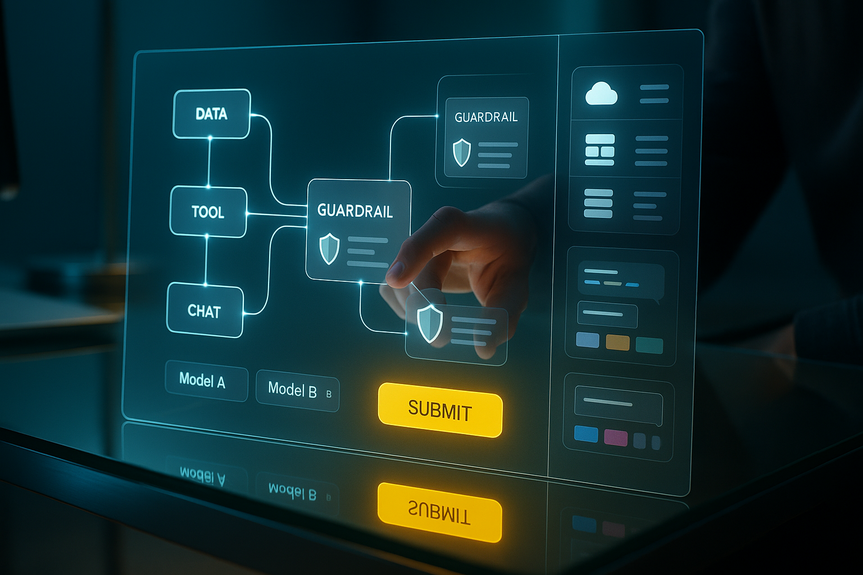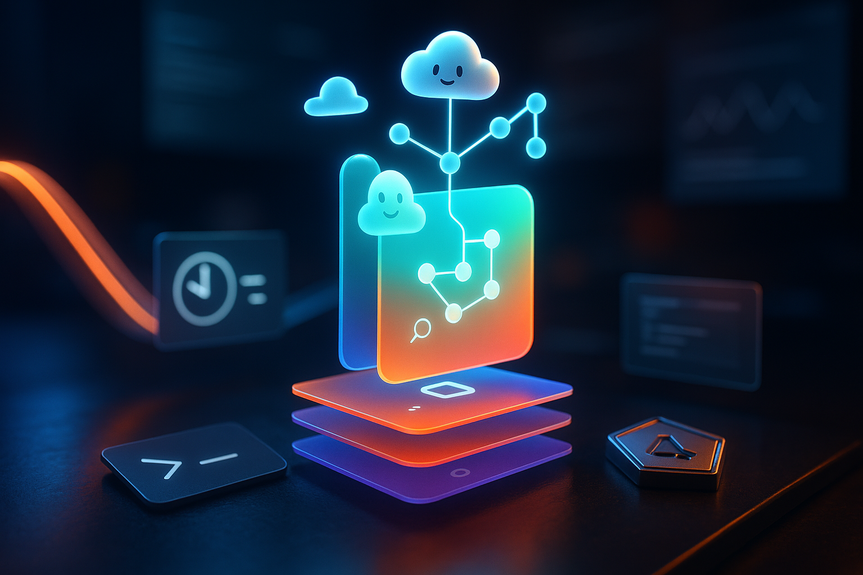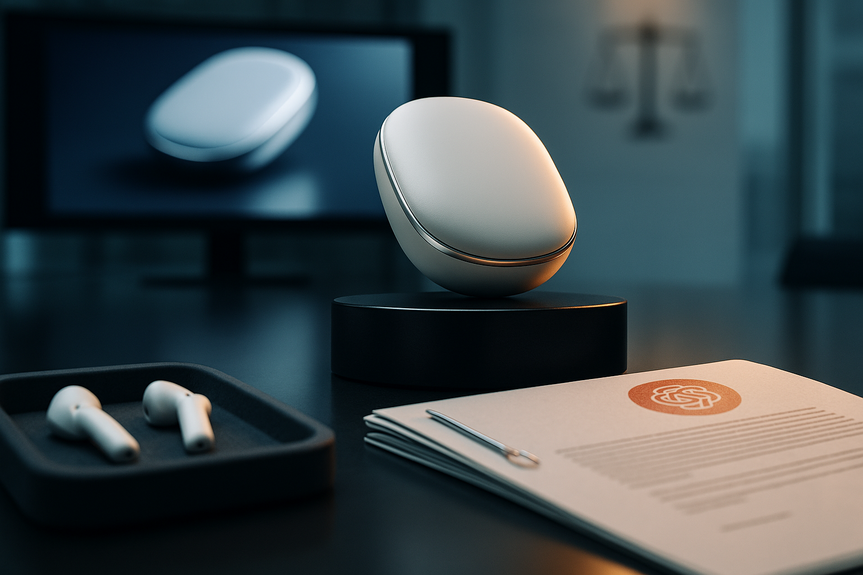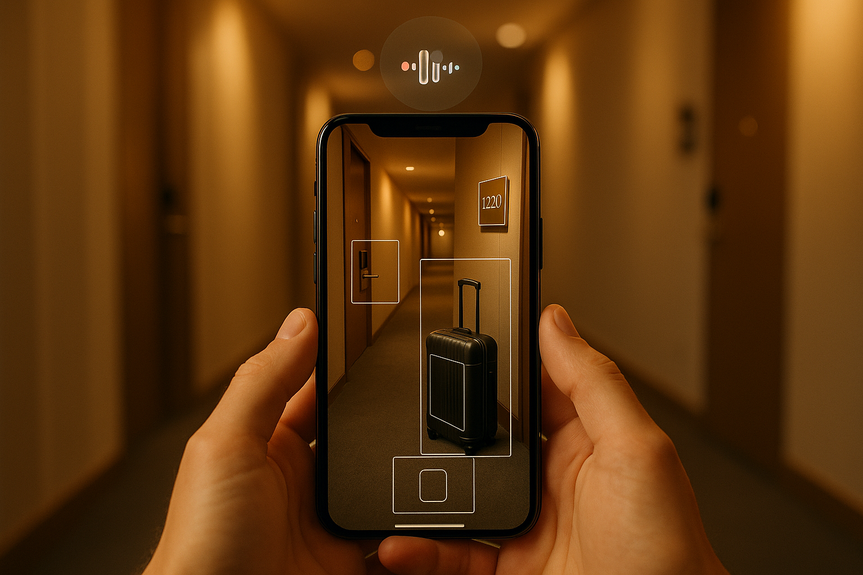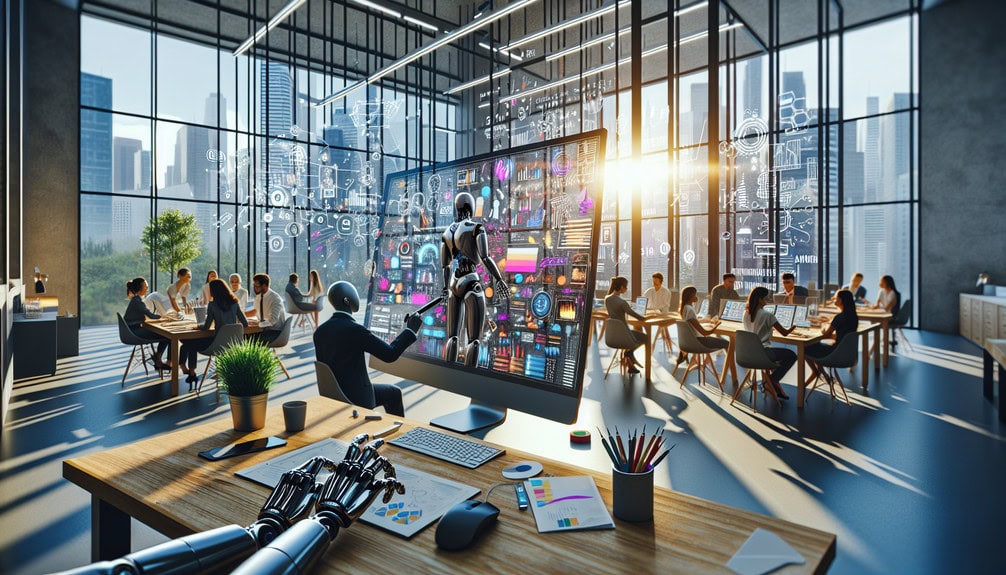
AI News
02 Dec 2024
Read 5 min
AI Graphic Design Tools Simplify Marketing Content Creation Efficiently
AI transforms graphic design with faster, cost-effective, and customizable tools for marketing success.
How AI is Transforming Graphic Design in Marketing
Businesses rely heavily on visual content to attract audiences and boost engagement. However, creating high-quality designs can be time-consuming and expensive. Artificial Intelligence (AI) is changing this by offering tools that streamline the graphic design process for marketing teams. These AI-driven solutions speed up workflows and reduce the need for advanced design skills, making them accessible for small businesses and large companies alike.
Benefits of Using AI in Graphic Design
AI-based graphic design tools offer multiple advantages that help marketers save time and resources while improving their content. Here are some of the most significant benefits:
- Faster Content Production: AI tools can generate designs in minutes, cutting down the time traditionally needed for manual creation.
- Cost-Effective Solution: Businesses can reduce the need for expensive design agencies or in-house professionals.
- Increased Consistency: AI ensures that designs follow brand guidelines, keeping logos, fonts, and styles uniform across all content.
- User-Friendly Interfaces: Many AI tools allow people with no design experience to create professional-looking visuals.
- Customization Options: These tools allow for personalization by adjusting templates, colors, and images to suit specific needs.
Top AI Tools Simplifying Graphic Design
Many AI tools are available today that simplify how marketing teams create graphics. Below are some popular options that have gained attention for their efficiency and effectiveness.
Canva’s Magic Design
Canva offers AI-powered features that ease content creation. Magic Design, their AI tool, suggests layout ideas based on uploaded images. Users can then edit text, replace elements, and adjust fonts or colors. Canva supports creating advertisements, social media posts, and presentations with minimal effort.
Adobe Sensei
Adobe Sensei is Adobe’s AI tool that enhances creative workflows. It helps users by suggesting edits, removing backgrounds, and resizing images to fit various platforms. Sensei is especially useful for advanced users who often work with Adobe Photoshop or Illustrator.
Looka
Looka specializes in logo creation using AI. It asks users for information about their brand and produces design concepts instantly. Looka can also generate full branding kits with fonts, business cards, and other marketing materials.
Designify
Designify focuses on automating image editing. It offers features like background removal and object enhancement. This tool is ideal for e-commerce businesses needing consistent product visuals.
Figma with AI Plugins
Figma, a cloud-based design tool, supports plugins that automate repetitive tasks. With AI integrations, users can resize layouts, auto-generate components, and even analyze design elements for usability.
How AI Improves Marketing Campaigns
Marketing campaigns often fail when they lack quality visuals or consume too much time. AI helps solve these issues by addressing several pain points:
- Scalability: AI tools enable companies to create large quantities of designs quickly for launching campaigns across multiple platforms.
- Personalized Content: AI can adjust designs for different audiences, ensuring each group receives relevant content.
- Testing and Optimization: Businesses can use AI tools for A/B testing design variations and selecting the most effective visual for a campaign.
- On-Demand Edits: Last-minute changes are easier and faster to make using AI-driven platforms.
- Improved ROI: Automating graphic design speeds up production, lowering costs and boosting return on investment.
Challenges of AI in Graphic Design
Although AI tools improve marketing workflows, they still face certain limitations. Understanding these challenges helps users manage their expectations and maximize tool benefits.
Lack of Originality
AI tools often rely on pre-designed templates. This can lead to repetitive or similar-looking content, making it difficult for brands to stand out.
Limited Creative Control
For highly customized projects, these tools may not offer the flexibility designers need. Advanced users might still need manual intervention for complex edits.
Dependent on Inputs
The quality of designs depends on the inputs users provide. Poorly defined criteria, such as vague colors or unclear messaging, can affect results.
Ethical Concerns
Some AI tools use datasets from existing designs, raising questions about originality and intellectual property rights.
Potential Bias
AI-generated content can reflect biases based on the data it was trained on. This could unintentionally alienate certain audiences.
Best Practices for Using AI Tools in Marketing
Marketers can address the limitations of AI by following these best practices:
- Understand Tool Capabilities: Learn the features and limitations of the AI tool being used.
- Keep Unique Branding: Customize AI-generated templates to reflect the brand’s identity.
- Combine with Human Creativity: Use the AI tool for efficiency but rely on a designer for originality and final touches.
- Test for Quality: Always review content before publishing to ensure consistency and accuracy.
- Stay Informed: Follow updates on AI tools to take advantage of new features and improvements.
Conclusion
AI tools are revolutionizing how marketing teams approach graphic design. These solutions help save time, improve efficiency, and reduce costs, making them essential for businesses of all sizes. While they come with limitations, understanding how to use them effectively can maximize their benefits. By combining AI technology with human creativity, businesses can produce high-quality marketing content that stands out in today’s competitive landscape.
For more news: Click Here
Contents

